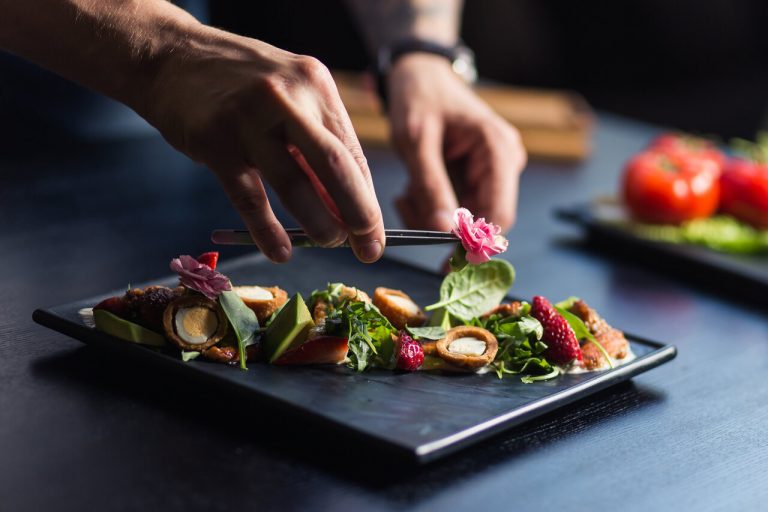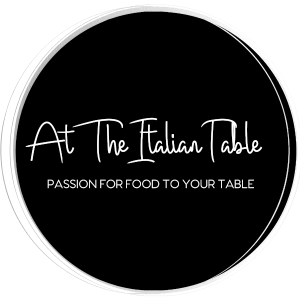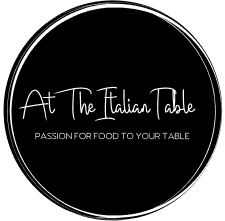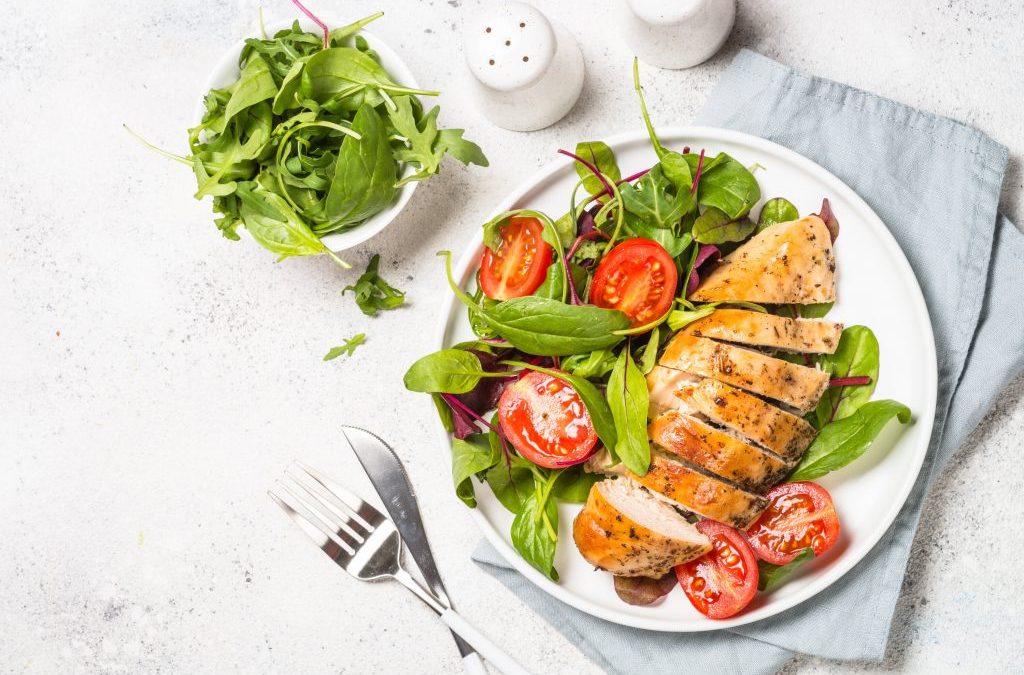Have you ever wondered how restaurants and chefs manage to make food look so delicious? The chefs don’t just use tasty ingredients and interesting spices; they also know how to present food beautifully.
Food plating is a technique for stimulating appetites and encouraging people to eat more. Of course, you want to dazzle the diners as well. Here is a closer look at food plating and presentation.
Important Food Plating Tools
You require specialised equipment for commercial plating. The supplies you need to create food presentations similar to those in restaurants have been gathered by us below:
- Decorating brushes: These are used to make small lines and broad strokes or create a base for a coulis or puree of meat or vegetables
- Garnishing kit: This includes everything you need to garnish your dishes, including tongs, plating wedges, squeeze bottles, and brushes
- Tongs: These are used to place garnishes and other small, delicate items
- Shaver: These are used to grate or shave chocolate, hard cheese, and even soft vegetables
- Squeeze bottle: These are used to apply sauces and aioli to a finished plate
5 Basic Elements Of Food Plating
Your guests expect your event or dinner party to be elegant and to have food that appears to have undergone careful attention to detail in the kitchen by the chefs and kitchen staff. For this reason, you should know how to plate food properly. Here are five key elements of food plating:
1). Framework: Making a framework indicates that you have already imagined how the food will appear to your guests. While some chefs make detailed plans, others come up with ideas on the spot.
2). Simplicity: Avoid overdoing the garnishes by adding excessive amounts of sauce or herbs. Keeping things simple will help your guests concentrate on the most crucial components of the dish.
3). Balance: Colour can be added with sauce, herbs, and other vegetables, but everything needs to be in harmony.
4). Proportion: Make sure the portions of each component of the dish are accurate. Include the right proportions of protein and carbohydrates for a nutritionally balanced meal.
5). Key ingredient: Your presentation shouldn’t detract from the dish’s main components. You should draw attention to the main ingredient, so it doesn’t get lost among the garnishes.
Basic Food Placement And Presentation
First, choose your food. Consider both compatible and complementary foods when creating a visual appeal. Use the right ingredients because people normally eat with their eyes before taking food to the mouth. Imagine your components together. Using symmetry or asymmetry to balance your main item will change the result. What vegetables will surround the chicken or steak? Describe the sauces.
Surround the centrepiece with other foods. Avoid filling any plate past two-thirds. Adjust each element until you have a balanced, cohesive plate. Mix flavours, colours, textures, and height. Top with sauces, dressings, and other toppings. Wipe the plate’s edges with a clean cloth or paper towel.

Three Common Food Plating Styles
Although there are countless ways to plate food, most plates belong to one of three categories. They include:
Classic Plating
Classical plating entails placing the ingredients side by side in the centre of the plate. Stacking ingredients on top of one another can also add height. Sauces and garnishes can then be drizzled across or around the edges of the components to bring everything together.
Landscape Plating
A more contemporary concept is to arrange the food on the plate to resemble a low-lying landscape. The various components frequently lean on one another for everything to come together, with dots of sauce or puree in between and garnishes draping over.
Free Form Plating
With this plating style, the plate is used as a painting surface for abstract art in free-form plating. The chef can use precise brushes, dots, and swirls in addition to sauce splashes or splatters. The remaining components are then carefully and artistically arranged on the canvas.
5 Plating Tips from Professional Chefs
Here are five plating tips to impress your guests. These tips will help you become a pro as you prepare your next party meal.
1). Organise your food by placing items that should be eaten together, such as pasta and sauce, around the edge of the plate, so they are simple to access.
2). Use varying heights and textures to draw attention to and highlight various areas of the plate.
3). Cut your ingredients at a 45-degree angle to make your dish look more elegant and better for your guests.
4). Apply garnishes that keep up with the theme of the dish you serve.
5). Wipe the plate to remove any smudges or fingerprints after plating.
Final Thoughts
Chefs spend a lot of time perfecting their dishes for guests. The final step in showcasing their talent is plating. Plate presentation should highlight the food’s quality and preparation method while appealing to the diner’s senses. Perfect food plating takes several tries. You can often produce good results by using imagination and experimentation.
Hire A Professional Chef For Your Party Needs
Do you intend to hire a chef for your party? Even though you may be able to cook, do you want the hassle? Throwing a big party when you have other things to do isn’t as easy as making a family lunch.
At The Italian Table can cater for your event so you can focus on other important things. Here, we provide the best dining experience for any occasion, from private dining to large events and corporate gatherings.
Please call us today on 0467 488 310 or leave an inquiry and let us help you host the dinner party of the year!


